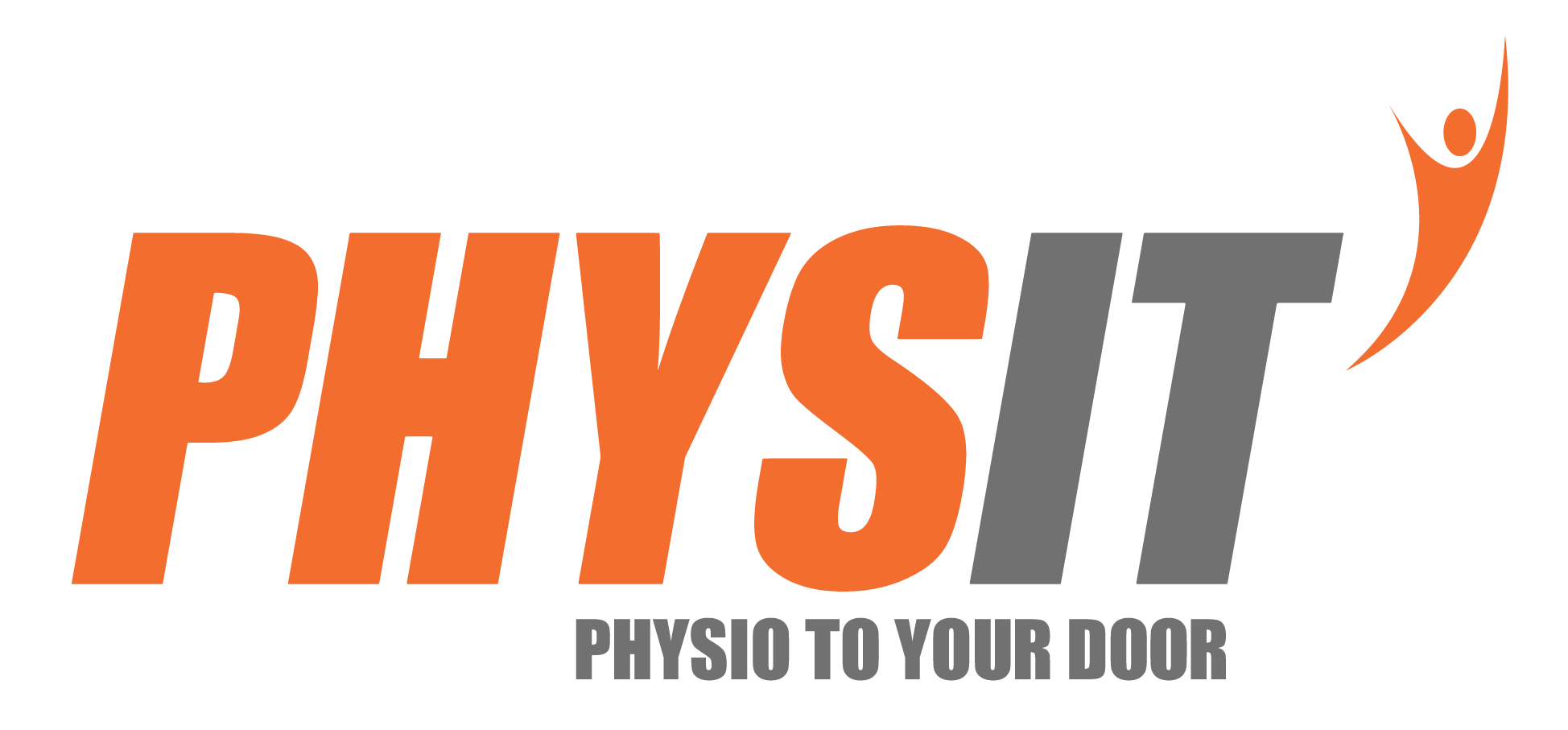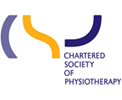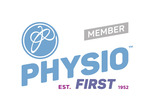It is estimated that 95% of the Western population will experience back pain at some point in their lives. This may be a small niggle that resolves after a few hours or something that is more longstanding and requires help from a physiotherapist or other health professional to help diagnose and resolve.
Many of our clients have either had or are keen to get MRI scans of their spines to find out what is wrong. From my experience, only a tiny proportion of patients with spinal pain need to have these scans. My reasoning being the following…
The first role of a physiotherapist when seeing patients with back or neck pain is to try and rule out any sinister pathologies of the spine. This is done by asking specific questions regarding your symptoms and medical history on your first appointment. If the right questions are asked and these pathologies are ruled out and pain is managed MRI is usually not required.
A comprehensive assessment (which may involve the assessment of multiple joints), should be done to identify the structures which are causing the pain. This pain may be due to the bones and joints, muscle, nerve or blood circulation to name just a few. As physios we can identify many of these with a collection of questions, movement tests and hands on assessment techniques. Thus, MRIs are not necessarily needed to identify the problem and often simply confirm the physiotherapists findings.
When MRIs results do come back – it can sometimes be worrying for you to read the results. Diagnosis such as ‘degeneration’, ‘disc bulges’ and ‘nerve root compression’ can be scary, but at least you know exactly what is causing your pain right???
WRONG! In fact, many of these ‘diagnosis’’ are there whether you have pain or not! Your pain is not always due to the same things that are diagnosed in imaging.
The table below shows some of the pathologies that may be diagnosed on an MRI and the estimated proportion of people who have these at each age from 20-80 years old taken from a comprehensive systematic review of 33 published studies by Brinjikji et al which included over 3000 people in total. Further to this, these participants were all people who didn’t have any back pain.
Table to show age specific prevalence estimates of degenerative spine imaging findings in asymptomatic patients.
| Imaging Finding | Age (yr) | ||||||
| 20 | 30 | 40 | 50 | 60 | 70 | 80 | |
| Disk degeneration | 37% | 52% | 68% | 80% | 88% | 93% | 96% |
| Disk signal loss | 17% | 33% | 54% | 73% | 86% | 94% | 97% |
| Disk height loss | 24% | 34% | 45% | 56% | 67% | 76% | 84% |
| Disk bulge | 30% | 40% | 50% | 60% | 69% | 77% | 84% |
| Disk protrusion | 29% | 31% | 33% | 36% | 38% | 40% | 43% |
| Annular fissure | 19% | 20% | 22% | 23% | 25% | 27% | 29% |
| Facet degeneration | 4% | 9% | 18% | 32% | 50% | 69% | 83% |
| Spondylolisthesis | 3% | 5% | 8% | 14% | 23% | 35% | 50% |
As evidenced above, having some disc or facet degeneration does not necessarily mean you have arthritis or a weak spine, it is a very normal finding in people as young as 20 with 36% having some disc degeneration at this age, rising to 96% by the time you reach 80 years of age. The proportion of young persons with a disc bulge is also not dissimilar. Unfortunately, as we age, not only do we get grey hair and wrinkles, we also are more likely to get some of these problems, but remember these aren’t always painful or problematic and some such as disc bulges may resolve naturally over time too.
With your symptoms, where there is pain, you may require a course of physiotherapy and in some rare cases surgery is indeed recommended.
Please ask us if you have an MRI report that you want explained further or if you have any questions about getting an MRI. We are not anti-MRI/imaging, and will certainly advise its use in appropriate cases.
*table and data from a study by Brinjikji et al (2015). Systematic Literature Review of Imaging Features of Spinal Degeneration in Asymptomatic Populations. American Journal of Neuroradiology. 36 (4) Pages 811-816






